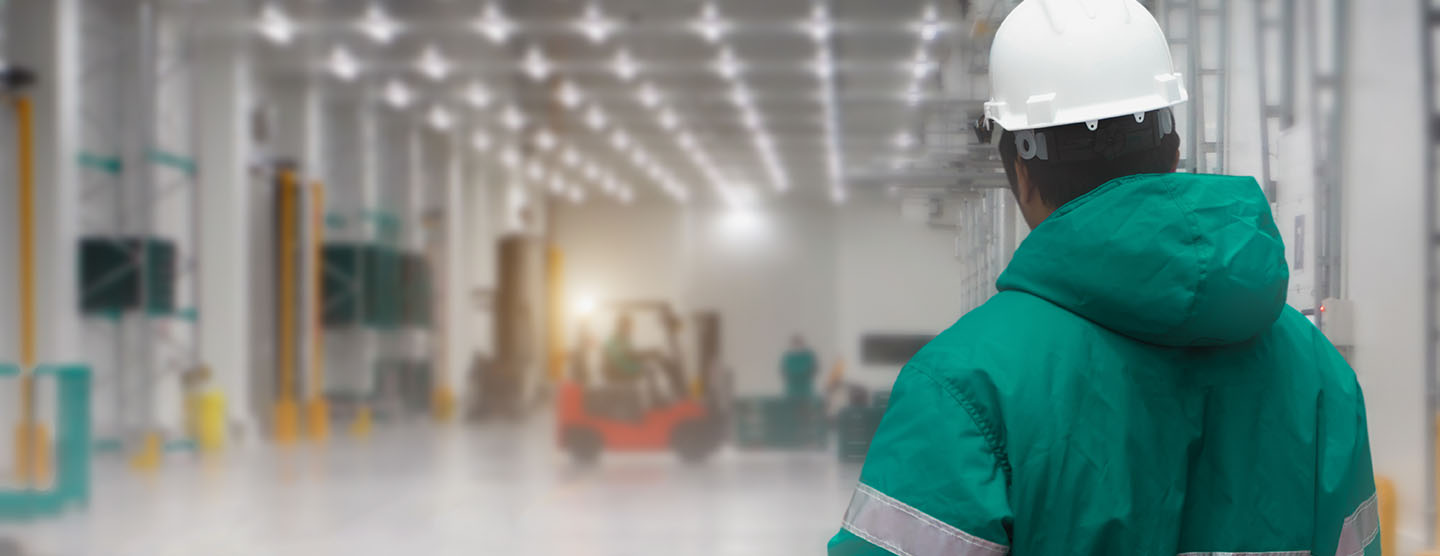Though companies are often deterred from resiliency systems due to the perceived high upfront costs, companies may be referencing microgrid systems that are overengineered to their actual needs. The true costs and processes required to augment energy resilience may be much lower and more straightforward than expected.
How much will it cost?
The widespread adoption of distributed energy resources such as solar and storage have led to lower costs. Solar-plus-storage systems can also reduce energy bills and generate value by participating in grid service programs, creating a strong business case with an attractive return on investment.
The additional costs of the resiliency hardware and controls (islanding relays, microgrid controllers, switchgear panel, etc.) have decreased over time while the engineering cost (design, commissioning, etc.) varies greatly depending on the complexity of the site and solution. Augmenting resiliency controls for a simple back-up system can cost typically around $50,000 - $200,000, while microgrids can be upwards of a half a million dollars in additional isolating hardware and controls.
The true value of resiliency
After understanding the associated costs of resiliency, businesses grapple with the means to justify the added expense. When presented with a solar-plus-storage system with and without resiliency, companies see the better financial metrics for the non-resilient option and often defer investing in their energy independence.
The “true” value of resiliency can be thought of as a function of the avoided cost of business per time and the time disrupted each year. The time disrupted each year has historically increased, and companies should account for the future value of resilience as the frequency of climate change-related disasters increases. By incorporating this, companies will be able to accurately capture the cumulative value of resilience over its lifetime. And by quantifying the value, the decision-makers at the companies can understand the urgency to build a resiliency solution.
Assessing the costs of the lost business due to an outage is difficult. Online resources such as the ICE Calculator and FEMA Benefit-Cost Analysis provide simplified methods to help quantify the lost value.
The example below outlines how a food-packaging facility in Sonoma County, California can calculate their value of resilience. Note that these numbers are only intended as an illustration, not a guarantee of what’s typical, as these numbers can vary significantly from company to company:
Table 2: Framework to quantify the value of resilience









